The Ohio State University
WINTER 2023


Happy Holidays from
The FASTER Study Newsletter
BROUGHT TO YOU BY THE buckeye brain aging lab and the mindset lab AT OSU
WHERE WE’VE BEEN



African American Alzheimer’s and Wellness Association
On November 30th, we had the opportunity to share a little bit about our study and why brain aging research is important with the AAAWA’s monthly caregiver support group.
If you or a loved one are serving as a caregiver, you know that finding the time to take care of yourself can be difficult. This support group is an easy avenue to connect with other caregivers and share support for one another. At the meeting in November, we talked about how to incorporate self-care and stress relief into a very busy life.
If you are considering joining the AAAWA’s monthly caregiver support group and want to learn more, reach out to contact@africanamericanalz.org.

National Veterans Memorial and Museum

Members of the FASTER Study team attended the National Veterans Memorial and Museum Fundraiser, celebrating its 5th year anniversary!
The FASTER Study works in collaboration with various veterans groups, to progress and implement research related to the health and empowerment of the veteran community.
If you would like to learn more about the National Veterans Memorial and Museum, visit their website by clicking here!






WHERE SHOULD WE GO NEXT?
Email us suggestions for community events you’d like to see us at! Reach us at FASTERstudy@osu.edu.


ON THE NEXT PAGE
Graduate Student Spotlight


Graduate Student Spotlight





Savana Jurgens
Have you ever wondered how stress affects your physical health?
Savana conducted a study examining the relationship between stress, inflammation, and metabolic health indicators such as blood pressure, insulin, and cholesterol.
Results: Stress was associated with higher inflammation which in turn was associated with poor metabolic health. This study shows the importance of managing stress to maintain physical health including blood pressure, insulin levels, and cholesterol. Stress-reducing activities that you can do at home include deep breathing exercises, mindfulness, journaling, and finding the time to nurture and maintain positive relationships.
Check out her paper to learn more:
Jurgens, S. M., Prieto, S., & Hayes, J. P. (2023). Inflammatory biomarkers link perceived stress with metabolic dysregulation. Brain, Behavior, & Immunity - Health, 34. https://doi.org/10.1016/j.bbih.2023.100696

















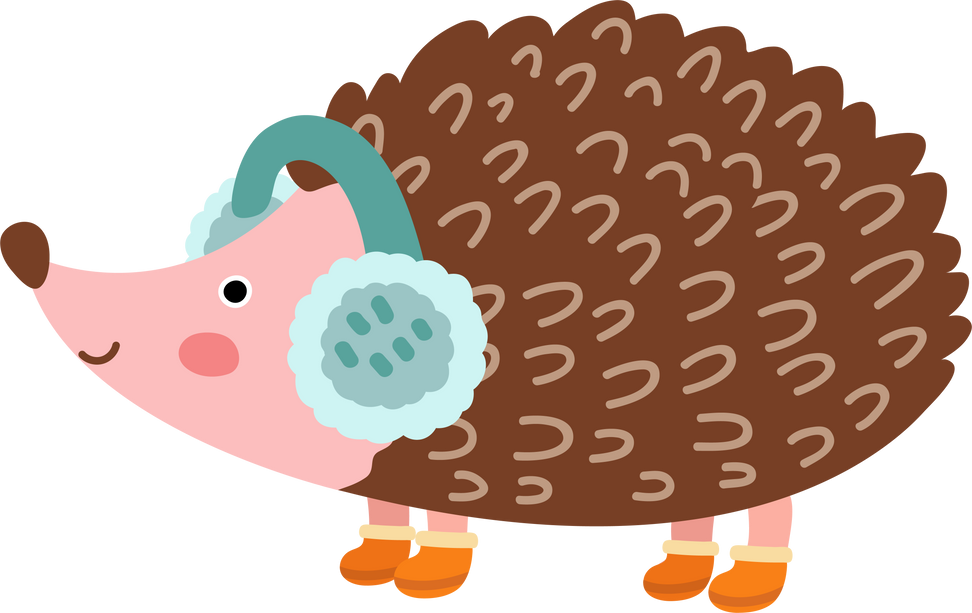







ON THE NEXT PAGE
Assessment Snapshot

Snapshot: Assessing Cognitive, Physical, and Brain Health

COGNITIVE PERFORMANCE
We use a variety of tests to look at elements of your cognition like your executive functions and memory.
Executive Function:
Executive functions encompass complex cognitive abilities like inhibition, planning, reasoning, and problem solving. They are what help us organize tasks, avoid distractions to achieve our goals, and navigate complex problems.
Memory:
You probably know that memory can be broken down into sensory, short-term, and long-term memory. But it can also be broken into memories about your daily life and memories about facts and other knowledge.
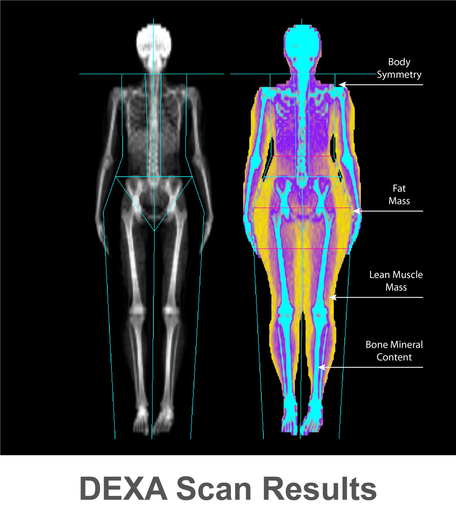
FITNESS IMAGE placeholder
The DEXA collects information about your bone mineral density and your body composition. It tells us how much of your body mass is lean muscle and fat and how strong the bones of your femur, forearm, and spine are.
Feedback:
Participants have the option to receive data from their DEXA scan after all their appointments are complete! Some of this information can be hard to interpret, so we offer “normative data” that can help you see how your data compares to others in your age range.
BRAIN HEALTH
The FASTER Study includes both structural and functional brain Magnetic Resonance Imaging (MRI)!
MRI is used to take pictures of your brain. From these pictures, we examine brain structure and blood flow. We also look at which brain regions are active during challenging mental tasks.
Participants get to see their brain images following their MRI appointment and have the option to receive a 3D printed model of their brain!
Want a model of your brain?







ON THE NEXT PAGE
“Science Says...”

BODY COMPOSITION
The FASTER Study includes a Dual-Energy X-Ray Absorptiometry (DEXA) Scan!
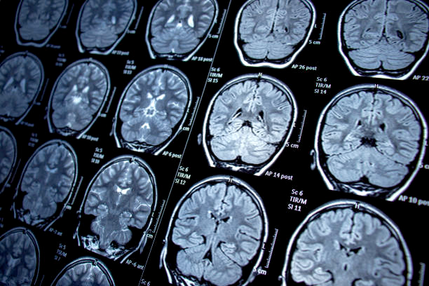
MRI IMAGE placeholder



“Science Says...”
In this edition of “Science Says”, we come to you with tips from scientific literature on how to help reduce symptoms of seasonal depression (or “Seasonal Affective Disorder”) this winter.

What is Seasonal Affective Disorder?
The National Institute of Health (NIH) states that Seasonal Affective Disorder affects millions of Americans every year. The change in season impacts serotonin levels, which can cause difficulty within mood regulation. However, there are some things you can do to help your mind and body adjust to the seasons changing. Keep reading to learn more!
Learn more at:
Dealing With Winter Blues and Seasonal Affective Disorder
The NIH suggests that some simple things you can do to fight those winter blues include spending time in the sunlight, spending time with loved ones, and doing things that bring you joy. Additionally, your primary care provider may suggest options such as light therapy or vitamin D supplements.
Learn more at:
Implement Positive Changes
Scientists suggest implementing positive changes, such as having lunch with friends, volunteering in the community, or going for a walk. Adding fun and engaging activities into your routine can be a helpful way to fight the winter blues. If you find that you are feeling down for several weeks, reach out to a healthcare provider, as there are many treatment options available, which may help you feel better during the winter months to come.
Learn more here:


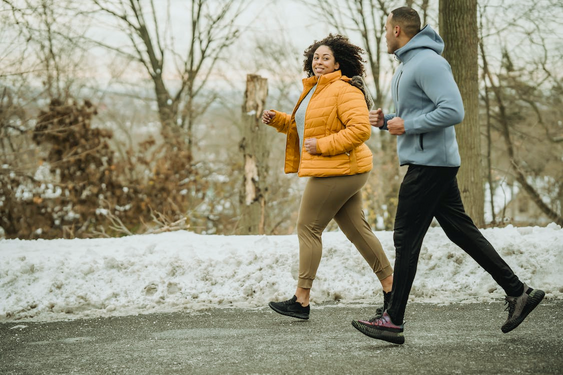


ON THE NEXT PAGE
A Message from our PIs




Happy Holidays from Our Principal Investigators

As the year draws to a close, we want to take a moment to express our deepest gratitude for your invaluable contribution to our research. Your participation and dedication have been the reason for our study's success.
As we look forward to the new year, we are filled with optimism for the potential breakthroughs and discoveries that await us regarding optimal health and wellness. Your involvement has not only propelled our research forward but has also contributed significantly to the broader scientific community. The information we gather is paving the way for new innovations.
In the spirit of the season, we wish you and your loved ones a joyous holiday filled with warmth, happiness, and good health. May the new year bring you all peace, prosperity, and continued success.
Please look for further communication from us regarding follow-up visits. These sessions are crucial for the ongoing success of our research, and your continued participation is greatly appreciated.
Thank you once again for being an integral part of this exciting scientific endeavor. Here's to a bright and promising new year!
Dr. Scott Hayes

Dr. Jasmeet Hayes
Interested in referring friends or family to participate?
The link below will take you to our screening form.
ON THE NEXT PAGE
Funding and Donations

Other Ways to Support our Research
Donate to support research on healthy aging and Alzheimer’s disease!
Your financial contributions go a long way in helping our lab meet our research goals and continue to discover findings that can help promote a happy, healthy community!
Your contributions help fund:
- Training experiences for undergraduate and graduate students
- The use of state-of-the-art measurement and testing equipment
- Community outreach materials and activities
ON THE NEXT PAGE
Thank You!
Thank You to Our Funding Sources!
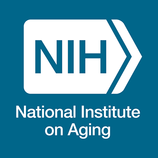
The National Institutes of Health: National Institute of Aging
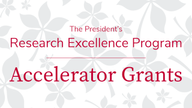
The Ohio State University’s Enterprise for Research, Innovation and Knowledge
The Ohio State University Discovery Themes Chronic Brain Injury Initiative
Our research efforts are also supported by generous donations made by community members.
NEED TO CONTACT US OR WOULD LIKE MORE INFORMATION?

The Ohio State University
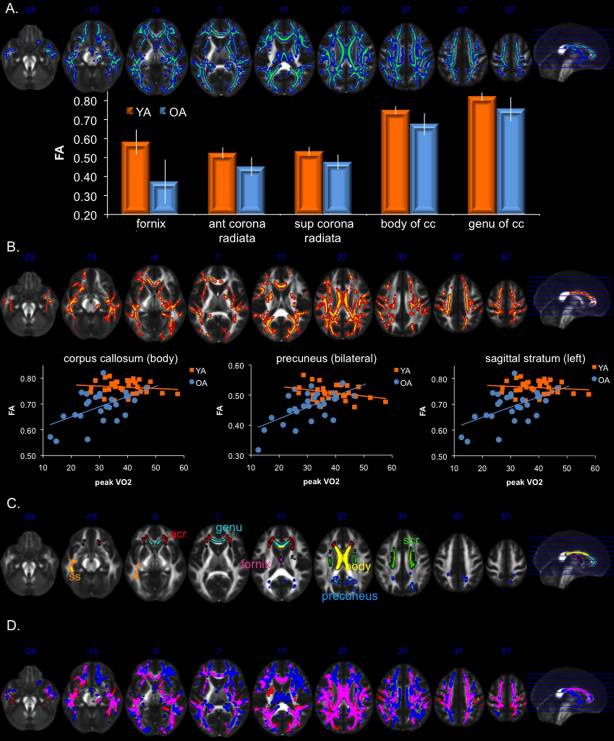
thank you for reading
The FASTER Study Newsletter
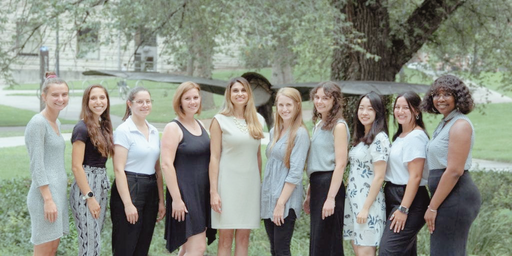
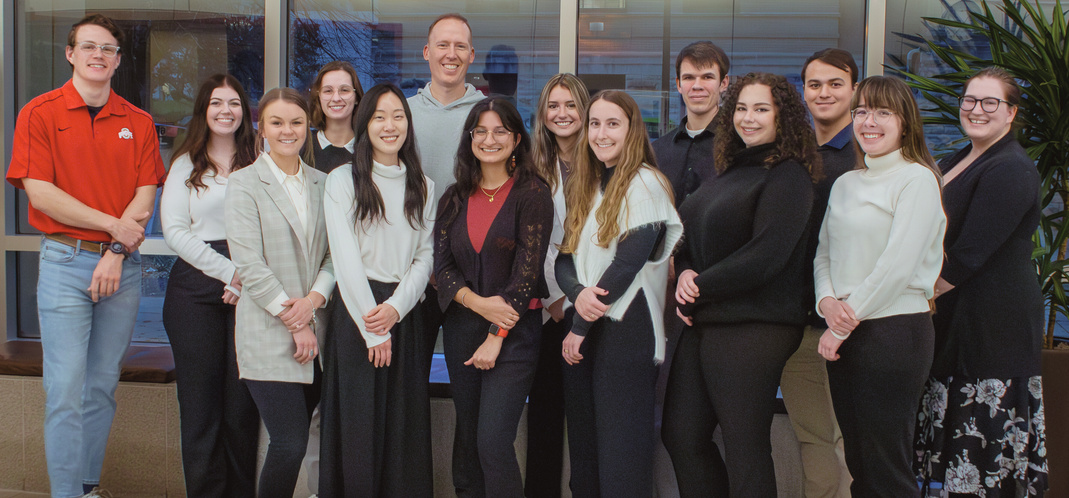
Happy Holidays from the FASTER Study! Thank you for 140+ participants!
We couldn’t do this without you!
Keep an eye out for this newsletter for future updates from FASTER!
Go to FASTERstudy.org to learn more!
Abigail Bowsher, Noor Chaudhry, Jillian Graham

